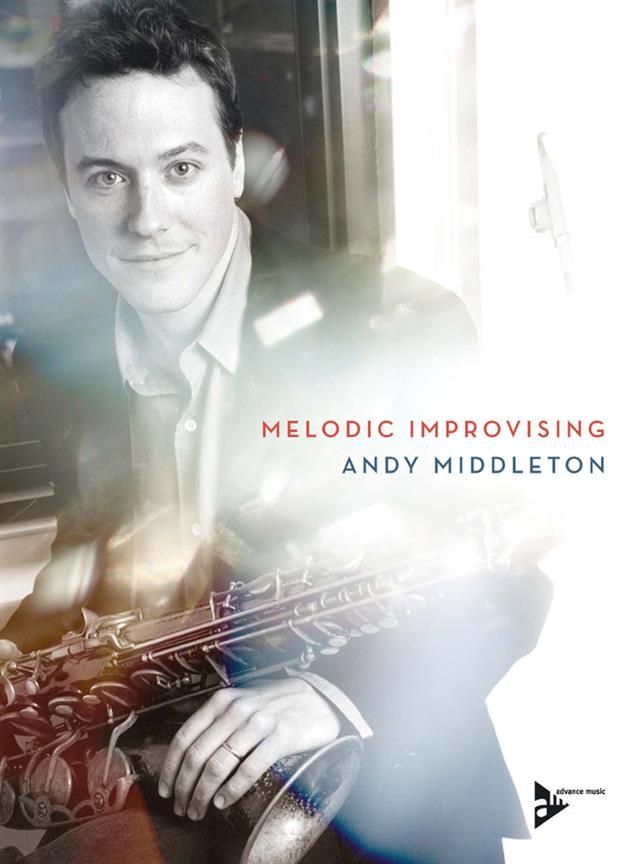
This book from Advance Music was released in 2005. Probably about 10 years ago I first saw a physical copy of it in a Yamaha Music store in Singapore. At that time, it felt really expensive and although I saw the copy for sale during two separate trips to Singapore, I did not end up purchasing it.
It was only a few years ago that I finally decided to purchase the book since I have been thinking about it for way too long. I’ve always felt that there are a lot of books on jazz harmony and some on rhythms but in general there have been very few books focusing on explaining the art of creating strong melodies.
Outside of jazz composition textbooks, usually so much of the discussion on writing lines is about melodic substitutions and is generally around outlining the harmony or some kind of pattern based approach.
The thing is when you really think about it, melody is one of the most important things. Even if you have cool chords, but if the melody is boring, people won’t remember your tune or your solo.
This is why Andy Middleton’s book is an important addition to the world of jazz education. It addresses an important topic, in a way that is not commonly discussed.
This book by Andy Middleton is divided into two main sections. The main body of the informational parts at in the 10 chapters of the book which are from page 11 to 68. Then, we have the appendices which are a guide to different compositions and melodic solos that are recommended to study. The melodic solos are recommendations from New York musicians including Bill Mobley, Andy Ezrin, Pete McGuinness, John Hart and others.
Following that, the is a modal chart which functions as a reference for common scales and modes.
Moving into the second part of the book, we have the play-along section. Here, we get 14 tunes that come with backing tracks and play-along charts. As with the majority of Advance Music releases, these lead sheets are provided in concert pitch (treble and bass clef versions), Bb and Eb.
There is also an explanation of the three groupings that Andy Middleton has divided the tunes into which are:
- Tunes with functional harmony and functional resolutions
- Tunes with functional harmony with a mixture of functional and nonfunctional resolutions
- Tunes with modal and nonfunctional resolutions
This is a good framework for approaching the tunes and gives us a way to categorize them.
In conclusion, I find that this is a unique book since it discusses something that is less common, even 19 years later after this book was released. It’s not perfect, but it certainly is a valuable book for anyone interested in going beyond lick-based playing, pattern playing and really developing a strong melodic style.
Pros: A unique book that is well presented, well written and well edited.
Cons: Doesn’t provide a real step by step textbook style guide to approaching the topics in terms of clear exercises
TLDR: For intermediate and advanced jazz improvisors, this book is worth checking out especially if you’re interested in this topic.
Get your copy of the book on Amazon here: https://www.amazon.com/Melodic-Improvising-Book-Advance-Music/dp/3892210667
[Submissions for Review Consideration]
- Are you an author who wrote a jazz, guitar or music book?
- Have you created a DVD or an online video course or subscription based website?
- Would you like me to review your book/course?
Please send me a message at azsamad3 at gmail.com with:
For courses: a link to the course/video/product + access info etc.
For books: a link to the book (Dropbox) or PDF attachment (if it’s small) for review consideration.
Depending on whether I dig the book/course, I’ll let you know if I do plan to review it!
I cannot guarantee a review for every submission & if I’m not too into it, I may opt not to review it. I mean, it’s better to get a good review that for me to write a bad review just because it’s not a match for the kind of stuff I dig right? :p
NOTE: All reviews reflect my honest personal opinion so be aware that I will point out both cool Pros and Cons that I see in the work. You dig?